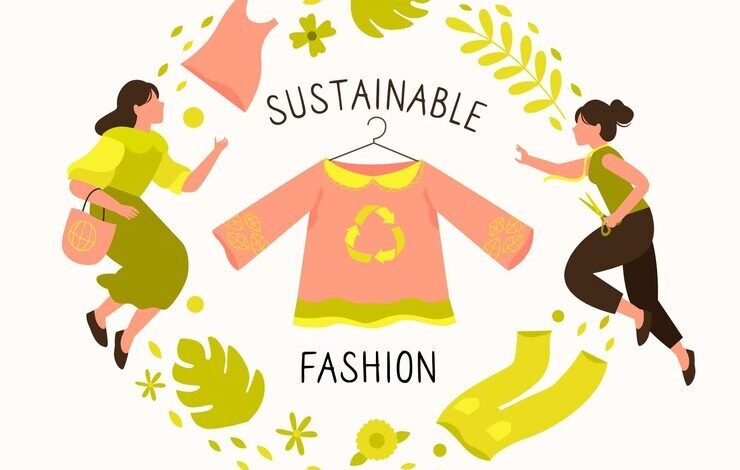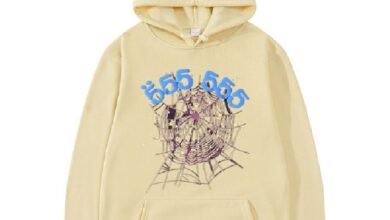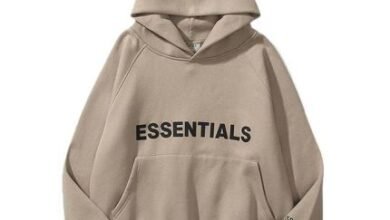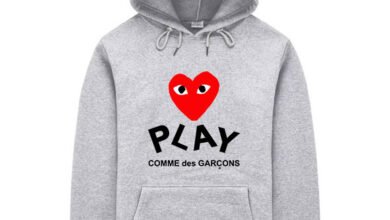Undressing for Change: A Probe into Sustainable Fashion

Our relationship with clothes is complex. We wear them to express ourselves, to feel good, and to ride the waves of the world. But behind the seams of our favorite outfits lies a story, often one of environmental damage and social injustice. The fast fashion culture that has crept up into our lives stems from absolute disposability. But there’s a movement picking up pace, a turn to a more mindful way of dressing: Sustainable Fashion. This is not just a fad; it is a revolution in the way we think about and consume clothes, and it’s important for the future of our planet.
The Price of Fast Fashion: Why We Need Sustainable Fashion
Fast fashion survives on low prices and short-term trends, prompting us to buy more and throw away faster. Resource depletion, over-consumption of water, and toxic chemicals form the basis of this model. This waste is disposed of in landfills and contributes to additional greenhouse gases. There’s an enormous human cost as well. Seamstresses, largely women and children, work under dangerous conditions and for very poor wages. The vicious cycle of exploitation and environmental damage must end. Sustainable Fashion offers a strong alternative.
Unraveling Ethical Fashion: The Human Factor
Ethical fashion emphasizes the human element of clothing production. It pushes for fair pay, safe work conditions, and respect for workers’ rights. This practice emphasizes traceability and transparency. Consumers are entitled to knowing the origin and how their garments were produced. Certificates like Fair Trade serve as proof of meeting ethical levels in products. Ethical brands look after the welfare of their employees and, by doing so, are supporting local communities and preserving traditional crafts. Every time we buy ethical fashion, we’re essentially voting with our wallets for a fairer and more equal industry.
Sustainable Fashion: Saving Our Planet
Sustainable Fashion is addressing the environmental effects of clothing production. Conventional fashion is one of the greatest polluters; it consumes huge amounts of water, generates waste in textiles, and also discharges hazardous chemicals into the environment. This impact is reduced by sustainable fashion through various means. That is why environmental materials such as organic cotton, recycled textiles, and unique alternatives such as pineapple leather and mushroom leather are used. These materials ensure minimum waste by reducing our dependence on resource-exhaustive conventional fabrics.
The Power of Circularity in Sustainable Fashion
One of the central tenets of Sustainable Fashion is that of circular economy. This eliminates the linear model of “take-make-dispose” and advocates for practices keeping clothes in use for longer, through clothing rentals, resale websites, and other initiatives of upcycling. The prolonged life of clothes would result in fewer waste materials and hence, reduce demand for new production. Even the women’s dresses, the women’s unstitched dresses, and even women’s unstitched suits will be given another, or a third, life.
Building a Sustainable Fashion Wardrobe: Practical Steps
Embracing sustainable fashion does not mean overhauling the complete wardrobe. Small tweaks can add big changes. Perhaps what we can best do is thrifting and vintage shopping-a treasure trove of one-off pieces at fantastic prices. For one, less clothing will go through landfills in the first place. For others, purchasing through ethical and responsible brands should have priority. Look for certifications and do your due diligence to confirm that brands are really committed to responsible practices. For those who enjoy the versatility of making their own garments, searching through Unstitched printed dresses and women’s embroidered dresses from sustainable sources is a great way to build an unique ethical wardrobe.
Mindful Consumption: The Nerve Centre of Sustainable Fashion
Sustainable Fashion is based on mindful consumption. It means questioning whether one really needs the new thing before purchasing it. It involves investment in good things that last long and not putting much effort into short-lived trends. It cares for clothes to be able to wear it longer. There are sewing lessons or locating a local tailor that will sew up or redesign new clothes out of it to breathe life into them again. The Capsule wardrobe, a minimalist method for dressing from just a couple of versatile items mixed and matched for creating dozens of outfits. It encourages us to buy less and choose wisely. So whether formal, western dresses, or trendy ready to wear dresses are what you need, the approach toward shopping becomes the key towards sustainable fashion.
Overcoming challenges and embracing sustainable fashion
Greenwashing is one of the biggest challenges facing the Sustainable Fashion movement. Some brands misrepresent as sustainable when not. This calls for individual research by the consumers. This can be possible by looking out for transparency, and certifications showing that the particular brand cares to be sustainable. Another false notion is Sustainable Fashion is very expensive. The sustainable brands are very pricey, but you can always find affordable ones if you shop secondhand or create your own unstitched designs. Saving money in the long run will be worth investing in quality pieces that last.
The Future of Sustainable Fashion: A Brighter Tomorrow
The future of sustainable fashion is brilliant. Emerging technology creates innovative new materials and forms of production. This has grown as a way of raising more attention from consumers increasingly asking for responsible and sustainable products. The fashion world is slowly adapting as more companies adopt sustainable practice. Sustainable Fashion is not just a trend but the way forward as a movement here to stay. It empowers us to be more aware in our decisions when it comes to our clothing choices that not only serve people’s interest but that of the earth also.
Join the Sustainable Fashion Movement: A Call to Action
Sustainable fashion is not only about what we wear, but it’s about how we live. It’s about the realization of impact and responsibility. It’s about embracing a more conscious and compassionate way of consumption. We all have a role to play in creating a more sustainable fashion future. Educate yourself on the issues first. Ask where your clothes come from. Purchase from brands that uphold ethics and sustainability. Shop secondhand, rent clothing, and care for your clothing in ways that extend the life of the garment. Every little bit counts. Let us join forces together to fashion an industry that will be not just fashionable but sustainable as well and, more important, people-and-planet friendly. Be Sustainable Fashion today. Be the Change.



